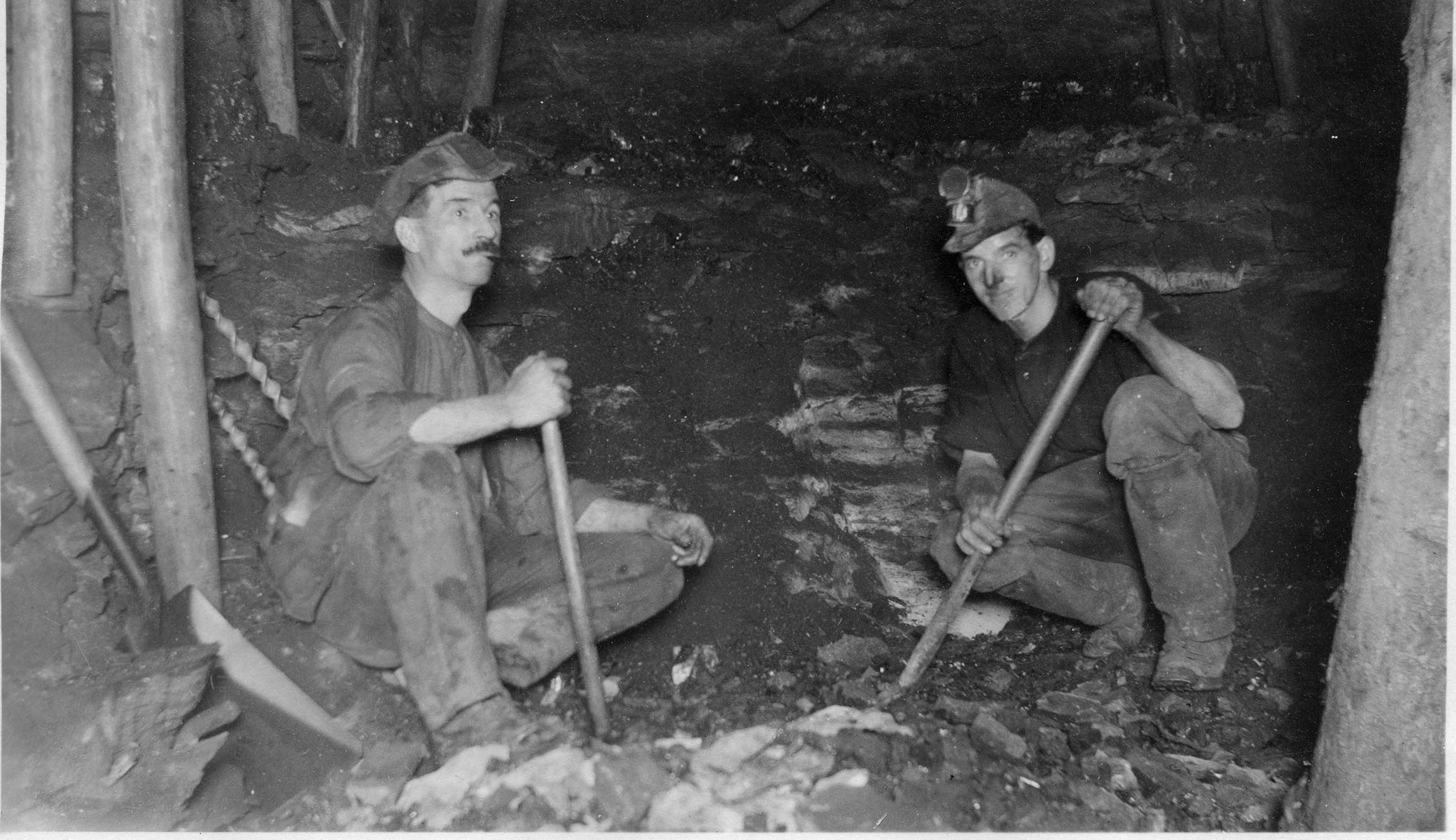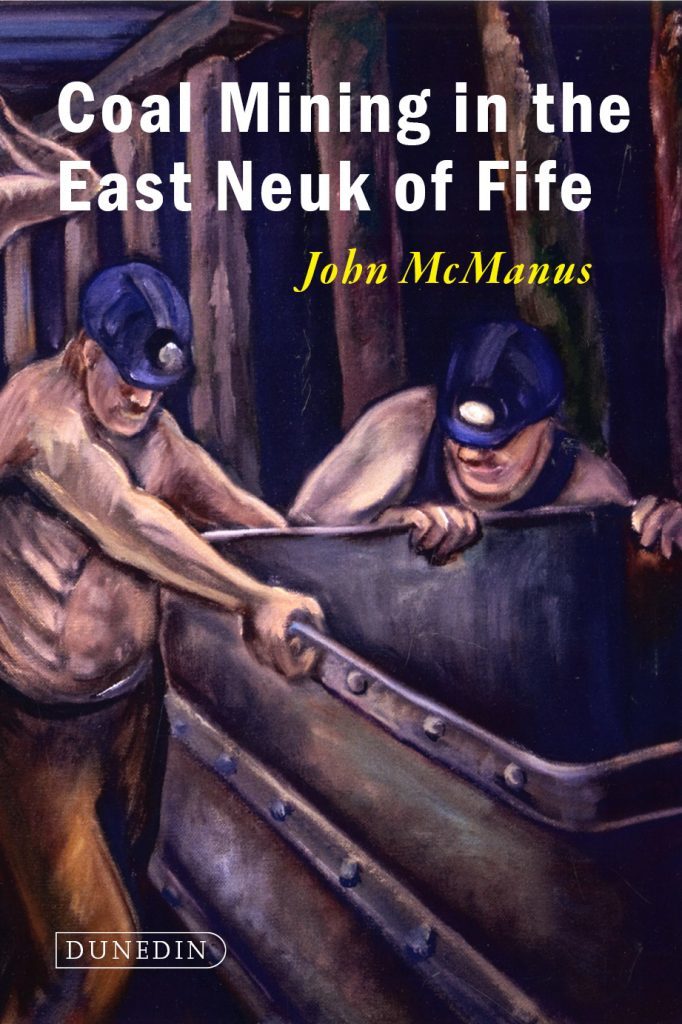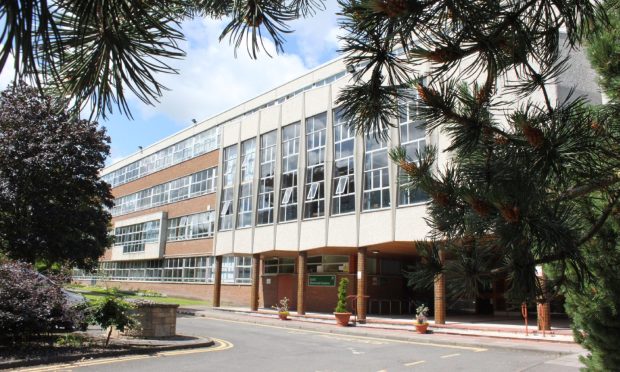A Fife geologist has uncovered a mine of information about a seam of the kingdom’s forgotten history.
While coal mining is synonymous with Fife, little is known about its significance in the East Neuk.
It was after hearing reports from a local farmer, whose tractor fell into a mineshaft, that John McManus embarked on his study.
Now Mr McManus, a former lecturer at both the Universities of Dundee and St Andrews, has published a detailed study of those who worked in the industry.
Coal Mining in the East Neuk of Fife pinpoints the location of some lesser known mines, such as Radernie which closed in 1946.
Other mines included Kellie Castle Colliery, and Largoward, where the bings were only removed in 1973.
At Peat Inn, a number of houses and fields contain round caps, built over disused mine shafts, which owners, ignorant of their true purpose, might remove at their peril.
Reflecting on his decision to write a second book, having also penned Mining between Ceres and St Andrews, he said: “Around four years ago, I was leading a geological walk when a farmer spoke up.
“He said: ‘Your map has a mark on it showing a shaft top in the middle of that big field.
“That was exactly where we almost lost a new tractor a few years back’.”
Luckily no one was hurt, but that drove home the need for improved information on mine workings, particularly when it came to planning issues.
As well as researching this history of the industry, he also unearthed tales of the workers, talking of children – sometimes as young as six – who packed and lifted the boxes of coals, taking them from mines 500 feet deep up ladders to the surface.
Mining was fraught with danger and although there were no major disasters in the East Neuk, explosions underground and tales of roofs falling in and killing workers are widespread.
It was not just the mines themselves that provided employment in the area.
East Neuk harbours were export points for the coal.
The author said: “Very few of the people who worked in the mines locally are still alive but there will be many who will recall their grandparents’ tales of the working down the mines.
“It’s crucial that we keep these stories alive, as the industry was so buoyant for such a long time, affecting so many local communities before its demise.”
It will be launched at J & G Innes booksellers, St Andrews, on Saturday June 24.











